#robin ellacot
Explore tagged Tumblr posts
Text

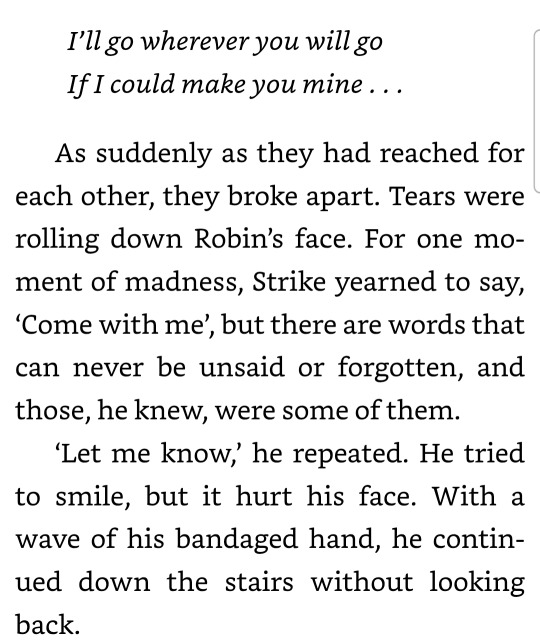

🤍💚🤍💚🤍
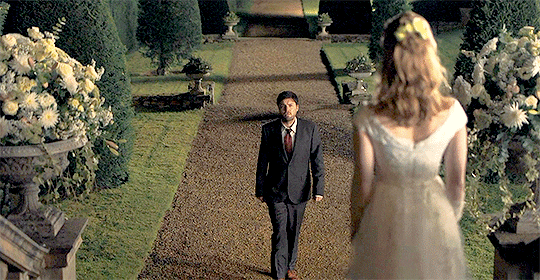

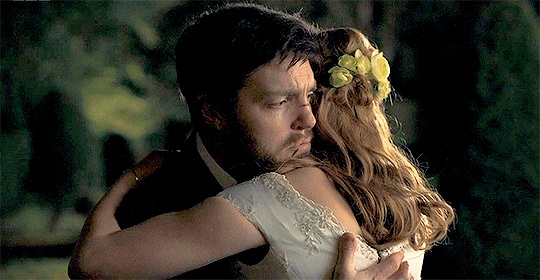
My silent love
#lethal white#robert galbraith#cb strike#cormoran strike#robin ellacot#cormoran x robin#strellacott#tom burke#holliday grainger#j. k. rowling#bbc strike
199 notes
·
View notes
Text
youtube
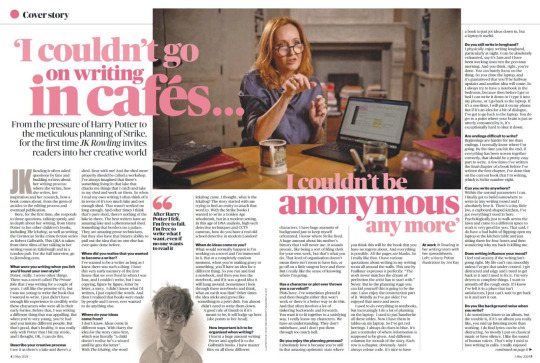

184 notes
·
View notes
Video
youtube
Strike: The Ink Black Heart | Official Trailer - BBC
4 notes
·
View notes
Text
I want the Running Grave to be here already
12 notes
·
View notes
Text
I tried rewatching some of Cormoran Strike, and I am sorry but it is an abomination how the show rushes through the content. It's worse for some books, and better for others but it is pretty bad, overall.
Nothing at all remains of the characters inner thoughts. Even the plot is turned into bullet points. Entire central characters are given 2 minutes of brief dialogue. There's a insane amount of sepia toned walking on streets, pub interiors, and longing looks, but the plot is just barely there. The dialogue is also...barely there. It's just so damn quiet all the time. There's no actual screen time for any...oh, I don't know, DETECTIVE work. And having just reread, The Cuckoo's Calling, Troubled Blood (my fav), and read for the first time both Ink Black Heart and the last one, the books are actually truly good at showing how detective work takes time, how it's digging and sometimes dull, but then... The show just does not have this at all, somehow.
And the sepia thing is just...why? Did you guys get your instagram filter stuck in 2013?
Watching Silkworm atm, and that one is especially sad.
Apart from the casting. CASTING is sublime, and not just for Strike and Robin. Could we get a remake, with something like 6-8 eps per book? Because anything less just does not make any sense.
0 notes
Text

@stigmata-stigma
You can read it as a stand-alone! Context clues are provided, only things you need to know is that Cormoran Strike and Robin Ellacot are partners running a detective agency, and they're solving mysteries. There's some family/relationship drama moving through the plot but you can usually guess from the context clues what's going on, and it's not so relevant to the plot that you'd need to know about it all.
I read the Ink Black Heart, which is the 6th book in the series, without reading any prior ones and absolutely loved it. Didn't feel like I missed on anything!
I just realized Robert Galbraith's new book is coming out today! It's called 'The Running Grave', and I'm actually intimidated by that title, I'm not scared of graves but I would not like to encounter one that can run. All I know about it is that it's going to tackle cults and cult victims, I'm super excited to read her take on it.
I'll post updates as I acquire the book and start reading!
75 notes
·
View notes
Text

How many more nights like this will they need?
111 notes
·
View notes
Text
I’m rewatching Strike and a) every time I rewatch this I just want to beat the shit outta Robin’s husband all over again and b) GOD these two are so in love it’s so STUPID and c) i cannot believe Joseph Quinn is in Lethal White
#HES SO GOOD#THATS MY BOY#rey rambles#cb strike#cormoran strike#strike#cormoran x robin#robin ellacot#joseph quinn
41 notes
·
View notes
Text
Lethal White Kiss?
I’m seeing some speculation that we may see a kiss between Strike and Robin, after The Hug™ and I need to go on record as saying that I will NOT accept it if it’s an “on purpose” kiss.
That would be out of character for both Strike and Robin and sets Robin up to be the cheater instead of Matt...Not to mention it’s not canon.
I will, however, accept the “accidental kiss” that should have been in the hospital scene. They hug...they pull away, awkward words are spoken, Corm leans in to kiss her cheek, she turns her head, and oopsie, now they know what each others lips feel like and that’s why they can’t stop staring at each others lips.
I’ll accept that.
I’ll fucking gobble that shit up with a spoon and ask for seconds and thirds.
But don’t give me an “on purpose” kiss yet...Even though I really want it. If it isn’t in the LW book...it doesn’t need to be in the LW adaptation.
(In the interest of fairness, I do want to say that I love most of the changes they’ve made to the timelines and for pacing. I really haven’t been upset with much, other than Cormoran breaking and entering...which seems wayyyy out of character and makes me wonder if that won’t come back to bite him in the ass.)
#lethal white adaptation#lethal white#strike#bbc strike#cormoran strike series#cormoran strike#robin ellacot#strellacott#Strike Ponderings
54 notes
·
View notes
Text
Make You Sweat
Chapter 9 - (Non)Hangover Cures is now available.
Cormoran helps Robin through her tequila-induced misery, and decides to turn on the charm.
Robin thanks him with a torturous workout.
#cormoran strike#robin ellacot#cormoran x robin#ao3#writers on tumblr#cb strike#fanfic#hangover cures#exercise is good for you#but strike likes to complain
2 notes
·
View notes
Photo


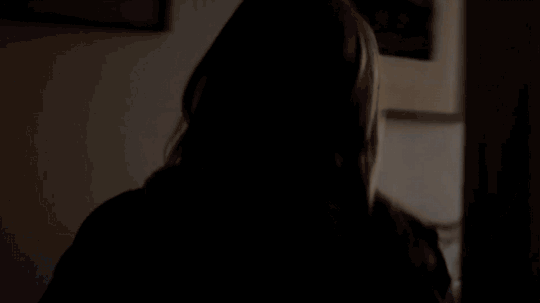





Robin leaving Matthew--a masterpiece in 8 parts.
#robin ellacot#Cormoran Strike#it's a beautiful thing#and we'll get to see it again in Lethal White#career of evil
50 notes
·
View notes
Text
The fourth Robert Galbraith book is out today, can’t wait for Cormoran and Robin to push Matthew off a cliff and live happily ever after together solving crime! 🌸🌸🌸💕💖💕🙌🙌👌👌👌👌🌸💕💕💖💖💫💫💫💫
24 notes
·
View notes
Text
On Writing
J.K. Rowling is often asked questions by fans and budding writers about her writing process: where she writes, how she writes, her inspiration and her research, how a book comes about, from the germ of an idea to the editing process and eventual publication.
Here for the first time, she responds to those questions, talking openly and in depth about her writing including Harry Potter, her other children’s books The Ickabog and The Christmas Pig, as well as writing as Robert Galbraith, the Cormoran Strike crime fiction series.
Filmed in her writing room in Edinburgh and in a London pub, these three On Writing films provide a personal insight into J.K. Rowling’s writing world.
youtube
youtube
youtube
#Youtube#bookblr#rowlingblr#jk rowling#cormoran strike#harry potter#robin ellacot#The Ickabog#the casual vacancy#the christmas pig
63 notes
·
View notes
Photo
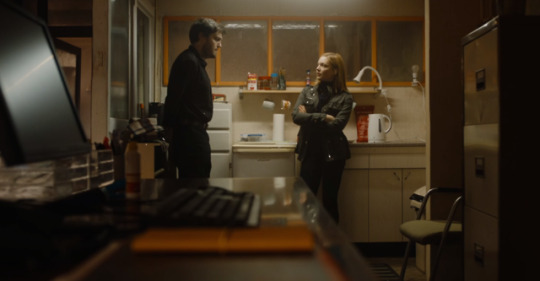


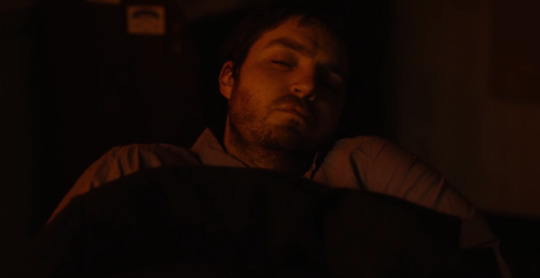
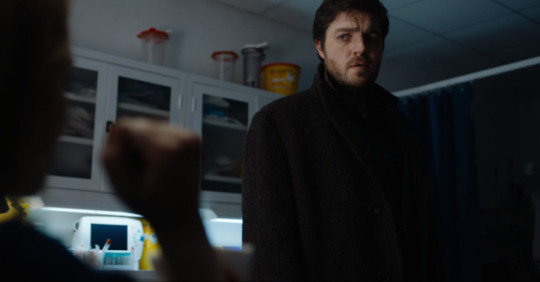
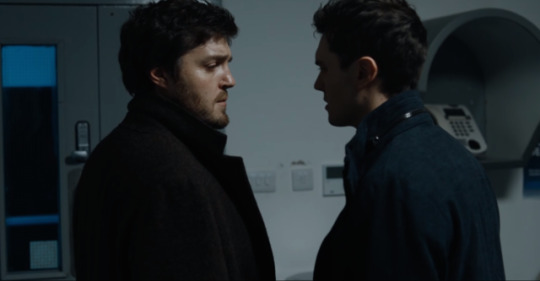


Some favourite moments from Strike ~ Career of Evil
85 notes
·
View notes
Text
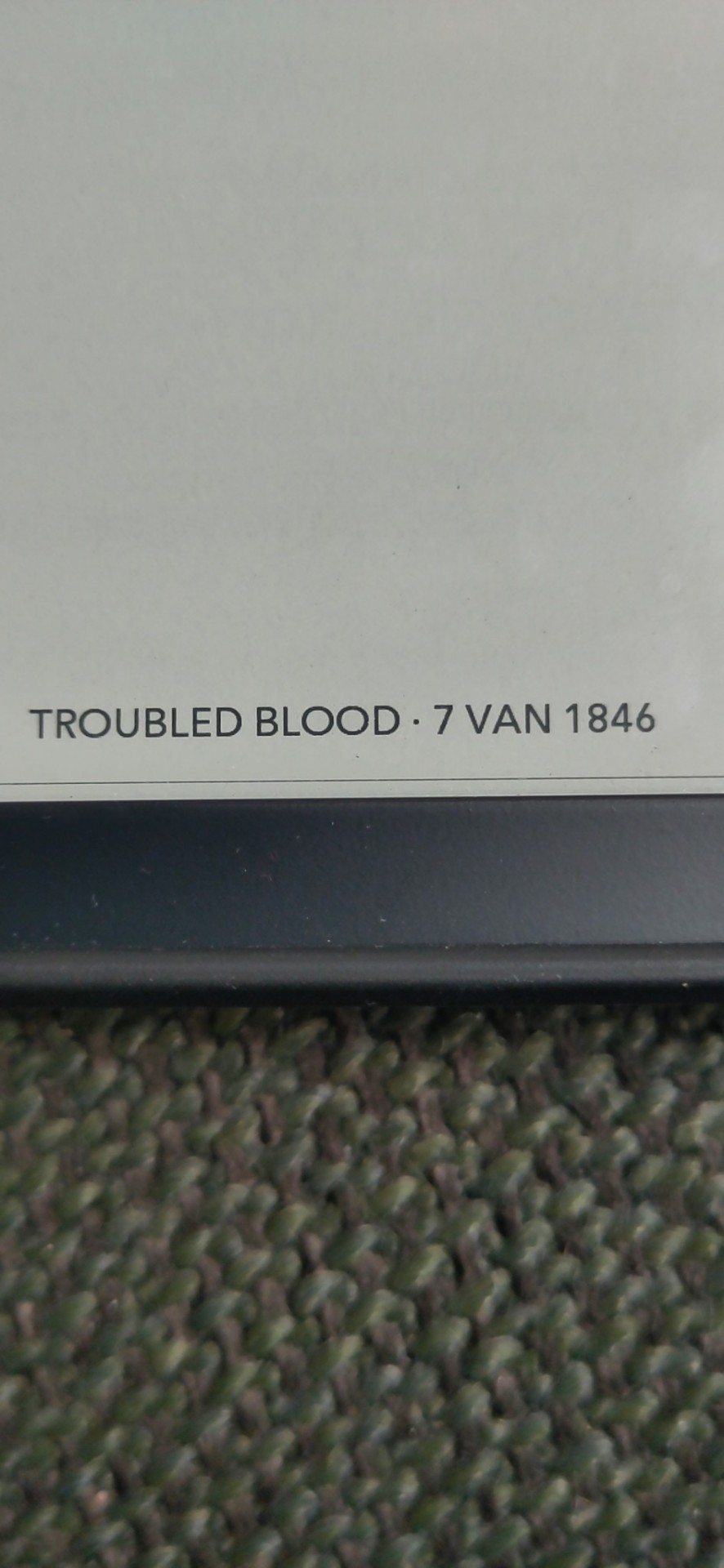
#strike novels#cormoron strike#robin ellacot#robert gailbraith#jk rowling#it's fine i'll finish it in 2 days or something
2 notes
·
View notes
Text
Cause of death: Cormoran reaching out for Robins hand, trying to comfort her.
Reason of ressurection: Cormoran feeding Robin toffees.
BONUS: You can see at least 3 moments in this episode where Robin is quite clearly falling in love with Cormoran.
#the strike series#cormoran x robin#cormoran strike#robin ellacot#strike x robin#cormoran strike books
67 notes
·
View notes